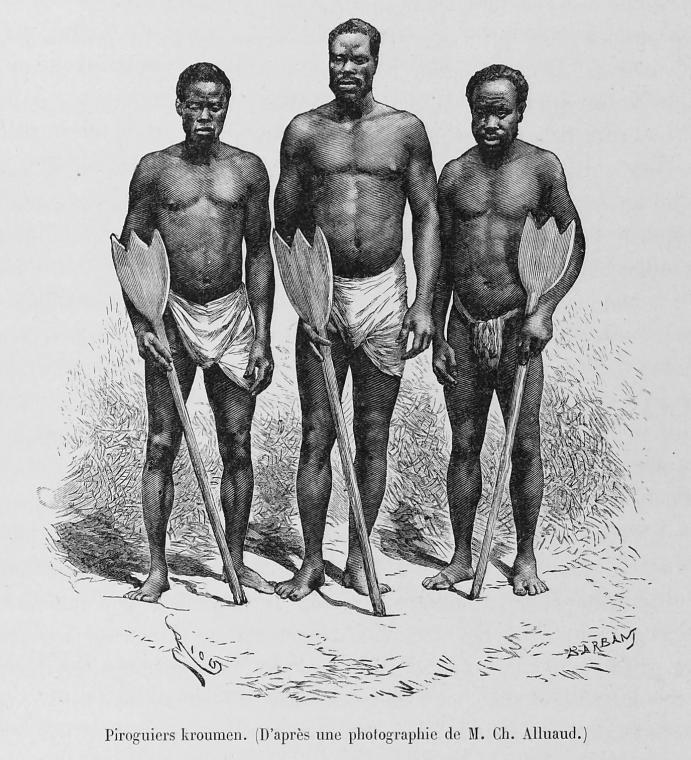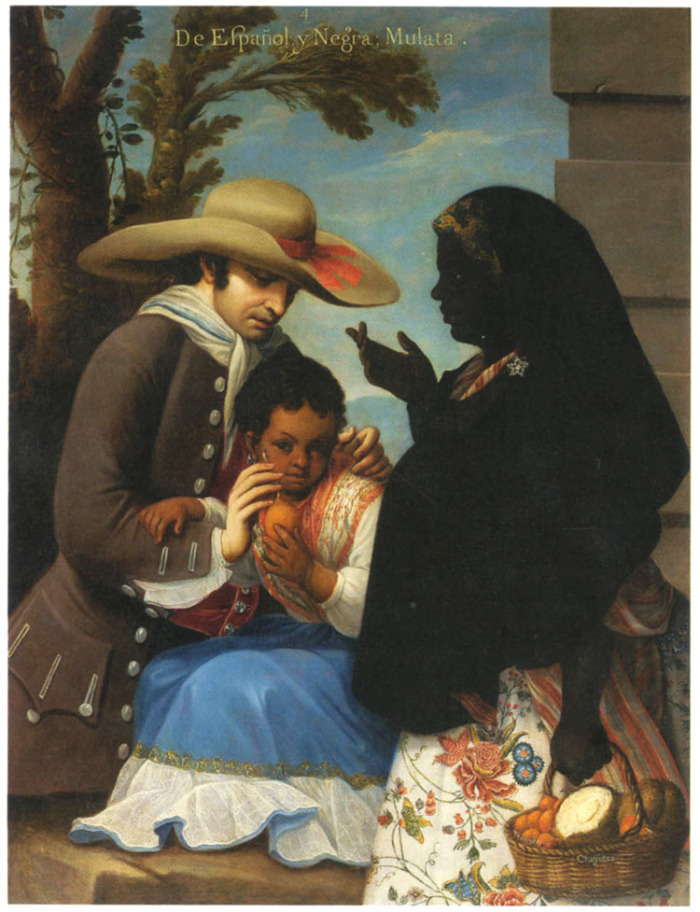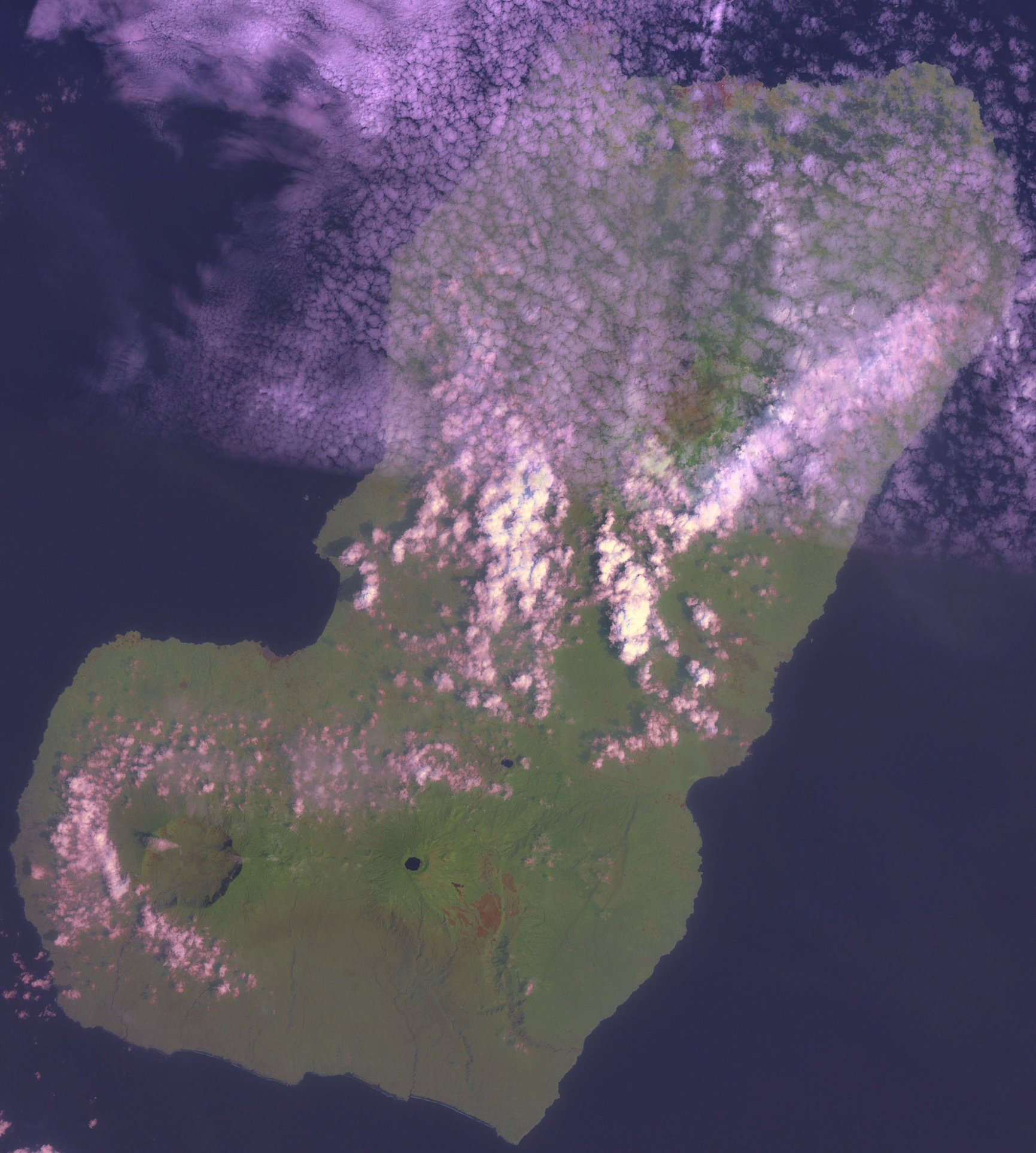|
Spanish Equatoguineans
The Spanish diaspora in Equatorial Guinea is made of people of Spanish ancestral origin who are residents born or living in Equatorial Guinea. This group is closely linked with the Fernandino people, a creole people who developed Spanish Guinea and Equatorial Guinea, mostly in Bioko island (historically named ''Fernando Po''). Settlement A group of prosperous plantations was set up by Castilian and above all Valencian landowners, whose cultural level was considerably above that of the Spaniards that continued to emigrate to the Americas, and since Spanish Guinea was never an attractive place for massive immigration, those Spaniards that chose to live in Spanish Guinea generally made this choice in view of superior salaries or perquisites, available only for the middle and professional classes. Spaniards in Equatorial Guinea did not generally immigrate with the intent of permanently establishing themselves, but rather of working for a given time period, and nearly always r ... [...More Info...] [...Related Items...] OR: [Wikipedia] [Google] [Baidu] |
Malabo
Malabo ( , ; formerly ) is the capital of Equatorial Guinea in the province of Bioko Norte. It is located on the north coast of the island of Bioko (, and as ''Fernando Pó'' by the Europeans). In 2018, the city had a population of approximately 297,000 inhabitants. Spanish is the official language of the city and of the country as well, but Pichinglis is used as a language of wider communication across Bioko island, including Malabo. Malabo is the oldest city in Equatorial Guinea. Ciudad de la Paz is a planned community under construction in mainland Equatorial Guinea which was designed to replace Malabo as the capital. The institutions of governance of Equatorial Guinea began the process of locating to Ciudad de la Paz in February 2017. History European discovery and Portuguese occupation In 1472, in an attempt to find a new route to India, the Portuguese navigator Fernão do Pó, encountered the island of Bioko, which he called ''Formosa''.Roman Adrian Cybriws ... [...More Info...] [...Related Items...] OR: [Wikipedia] [Google] [Baidu] |
Equatorial Guinea
Equatorial Guinea, officially the Republic of Equatorial Guinea, is a country on the west coast of Central Africa. It has an area of . Formerly the colony of Spanish Guinea, its post-independence name refers to its location both near the Equator and in the Guinea (region), African region of Guinea. , the country had a population of 1,795,834, over 85% of whom are members of the Fang people, the country's dominant ethnic group. The Bubi people, indigenous to Bioko, are the second largest group at approximately 6.5% of the population. Equatorial Guinea consists of two parts. The mainland region, Río Muni, is bordered by Cameroon to the north and Gabon to the south and east. It has the majority of the population and is the location of Bata, Equatorial Guinea, Bata, Equatorial Guinea's largest city, and Ciudad de la Paz, the country's planned future capital. Río Muni's small offshore islands include Corisco, Elobey Grande, and Elobey Chico. The Islands of Equatorial Guinea, ins ... [...More Info...] [...Related Items...] OR: [Wikipedia] [Google] [Baidu] |
Kru People
The Kru, Krao, Kroo, or Krou are a West African ethnic group who are indigenous to western Ivory Coast and eastern Liberia. European and American writers often called Kru men who enlisted as sailors or mariners Krumen. They migrated and settled along various points of the West African coast, notably Freetown, Sierra Leone, but also the Ivorian and Nigerian coasts. The Kru-speaking people are a large ethnic group that is made up of several sub-ethnic groups in Liberia and Ivory Coast. In Liberia, there are 48 sub-sections of Kru tribes, including the Jlao Kru. These tribes include Bété, Bassa, Krumen, Guéré, Grebo, Klao/Krao, Dida, Krahn people and Jabo people. History During the Atlantic slave trade, Kru people were considered more valuable as traders and sailors on slave ships than as slave labor, and Kru oral traditions strongly hold that they were never enslaved. To ensure their status as “freemen,” they initiated the practice of tattooing their foreheads and ... [...More Info...] [...Related Items...] OR: [Wikipedia] [Google] [Baidu] |
Roman Catholic
The Catholic Church (), also known as the Roman Catholic Church, is the largest Christian church, with 1.27 to 1.41 billion baptized Catholics worldwide as of 2025. It is among the world's oldest and largest international institutions and has played a prominent role in the history and development of Western civilization. O'Collins, p. v (preface). The church consists of 24 ''sui iuris'' (autonomous) churches, including the Latin Church and 23 Eastern Catholic Churches, which comprise almost 3,500 dioceses and eparchies around the world, each overseen by one or more bishops. The pope, who is the bishop of Rome, is the chief pastor of the church. The core beliefs of Catholicism are found in the Nicene Creed. The Catholic Church teaches that it is the one, holy, catholic and apostolic church founded by Jesus Christ in his Great Commission, that its bishops are the successors of Christ's apostles, and that the pope is the successor of Saint Peter, upo ... [...More Info...] [...Related Items...] OR: [Wikipedia] [Google] [Baidu] |
Mulatto
( , ) is a Race (human categorization), racial classification that refers to people of mixed Sub-Saharan African, African and Ethnic groups in Europe, European ancestry only. When speaking or writing about a singular woman in English, the word is (). The use of this term began in the United States shortly after the Atlantic slave trade began and its use was widespread, derogatory and disrespectful. After the post Civil Rights Era, the term is now considered to be both outdated and offensive in the United States. In other Anglophone countries (the English-speaking world) such as English and Dutch-speaking West Indian countries, the word mulatto is still used. Countries with the highest percentages of persons who have equally high European and African ancestry — ''Mulatto'' — are the Dominican Republic (74%) and Cape Verde (71%). Mulattos in many Latin American countries, aside from predominately European and African ancestry, usually also have slight indigenous ad ... [...More Info...] [...Related Items...] OR: [Wikipedia] [Google] [Baidu] |
Miscegenation
Miscegenation ( ) is marriage or admixture between people who are members of different races or ethnicities. It has occurred many times throughout history, in many places. It has occasionally been controversial or illegal. Adjectives describing miscegenation include "interethnic", "mixed-race", "multiethnic", "multiracial", and " interracial". Etymological history ''Miscegenation'' comes from the Latin , 'to mix' and , 'kind'. The word was coined in an anonymous propaganda pamphlet published in New York City in December 1863, during the American Civil War. The pamphlet was entitled '' Miscegenation: The Theory of the Blending of the Races, Applied to the American White Man and Negro''. It purported to advocate the intermarriage of whites and blacks until they were indistinguishably mixed, and further asserted that this was a goal of the Republican Party. The pamphlet was a hoax concocted by Democrats to discredit the Republicans by imputing to them what were then radical vie ... [...More Info...] [...Related Items...] OR: [Wikipedia] [Google] [Baidu] |
Ifni
The Territory of Ifni () was a Spanish province on the Atlantic coast of Morocco, south of Agadir and across from the Canary Islands. It had a total area of , and a population of 51,517 in 1964. The main industry was fishing. The present-day Moroccan province in the same area is called Sidi Ifni Province, Sidi Ifni, with its capital in the city of the Sidi Ifni, same name, but encompassing a much larger territory. History Spanish presence in the area can be traced to a settlement called Santa Cruz de la Mar Pequeña, founded in 1476. After attacks by the Berber people, Berbers, the Spanish decided to focus on colonising other areas of North Africa and abandoned the region. In the mid-19th century, when the European powers Scramble for Africa, looked again to Africa for resources, Spain suddenly mooted an interest in its lost late medieval fortress in order to stake a claim to the southern part of Morocco. This served as a pretext for Hispano–Moroccan War (1859–1860), a short ... [...More Info...] [...Related Items...] OR: [Wikipedia] [Google] [Baidu] |
Canary Islands
The Canary Islands (; ) or Canaries are an archipelago in the Atlantic Ocean and the southernmost Autonomous communities of Spain, Autonomous Community of Spain. They are located in the northwest of Africa, with the closest point to the continent being 100 kilometres (62 miles) away. The islands have a population of 2.25 million people and are the most populous overseas Special member state territories and the European Union, special territory of the European Union. The seven main islands are from largest to smallest in area, Tenerife, Fuerteventura, Gran Canaria, Lanzarote, La Palma, La Gomera, and El Hierro. The only other populated island is Graciosa, Canary Islands, La Graciosa, which administratively is dependent on Lanzarote. The archipelago includes many smaller islands and islets, including Alegranza, Islote de Lobos, Isla de Lobos, Montaña Clara, Roque del Oeste, and Roque del Este. It includes a number of rocks, including Roque de Garachico, Garachico and Roques de ... [...More Info...] [...Related Items...] OR: [Wikipedia] [Google] [Baidu] |
Valencian People
Valencians ( ; ) are the native people of the Valencian Community, in eastern Spain. Since 2006, the Valencian people are officially recognised in the Valencian Statute of Autonomy as a ''nationality'' "within the unity of the Spanish nation". The official languages of Valencia are Valencian language, Valencian and Spanish language, Spanish.Art. 6.2 of thValencian Statute of Autonomy The Valencian Community is politically divided in three provinces, from south to north: Alicante (province), Alicante, Valencia (province), Valencia and Castellón (province), Castellón. Its capital is the city of Valencia. Historical background In 1237, the Al-Andalus, Andalusi Taifa of Valencia was taken by king James I of Aragon, James I the Conqueror of the Crown of Aragon. The population of the new kingdom was by far mostly Muslim, so the crown started a campaign of repopulation of the lands with Christians, as usual in the ''Reconquista''. The new Christian arrivals came from Catalonia and ... [...More Info...] [...Related Items...] OR: [Wikipedia] [Google] [Baidu] |
Castilian People
Castilians () are the inhabitants of the historical region of Castile in central Spain. However, the boundaries of the region are disputed. Not all people in the regions of the medieval Kingdom of Castile or Crown of Castile think of themselves as Castilian. For that reason, the exact limits of what is Castilian today are disputed. The western parts of Castile and León (that is, the Region of León) and Cantabria, La Rioja, the Community of Madrid and La Mancha are often also included in the definition, but that is controversial for historical reasons and for the strong sense of unique cultural identity of those regions. The Province of Albacete and Ciudad Real are also often included. As an ethnicity, Castilians are most commonly associated with the sparsely populated inner plateau of the Iberian peninsula, which is split into two by the Sistema Central mountain range in northern or ' Old Castile' and southern or ' New Castile'. During the Reconquista and other conqu ... [...More Info...] [...Related Items...] OR: [Wikipedia] [Google] [Baidu] |
Bioko
Bioko (; ; ; historically known as Fernando Pó, ) is an island of Equatorial Guinea. It is located south of the coast of Cameroon, and northwest of the northernmost part of mainland Equatorial Guinea. Malabo, on the north coast of the island, is the capital city of Equatorial Guinea. Bioko's population was 335,048 at the 2015 census and it covers an area of . The island is part of the Cameroon line of volcanoes and is located off the Cameroon coast, in the Bight of Biafra portion of the Gulf of Guinea. Its geology is volcanic; its highest peak is Pico Basile at . Etymology Bioko's native name is ''Ëtulá a Ëri'' in the Bube language. For nearly 500 years, the island was known as ''Fernando Pó'' (; ), named for Portuguese navigator Fernão do Pó. Between 1973 and 1979 the island was named ''Macías Nguema Biyogo'' after the then-president of Equatorial Guinea. The current name, Bioko, dates from 1979 and is in honour of politician Cristino Seriche Bioko. Geogra ... [...More Info...] [...Related Items...] OR: [Wikipedia] [Google] [Baidu] |





